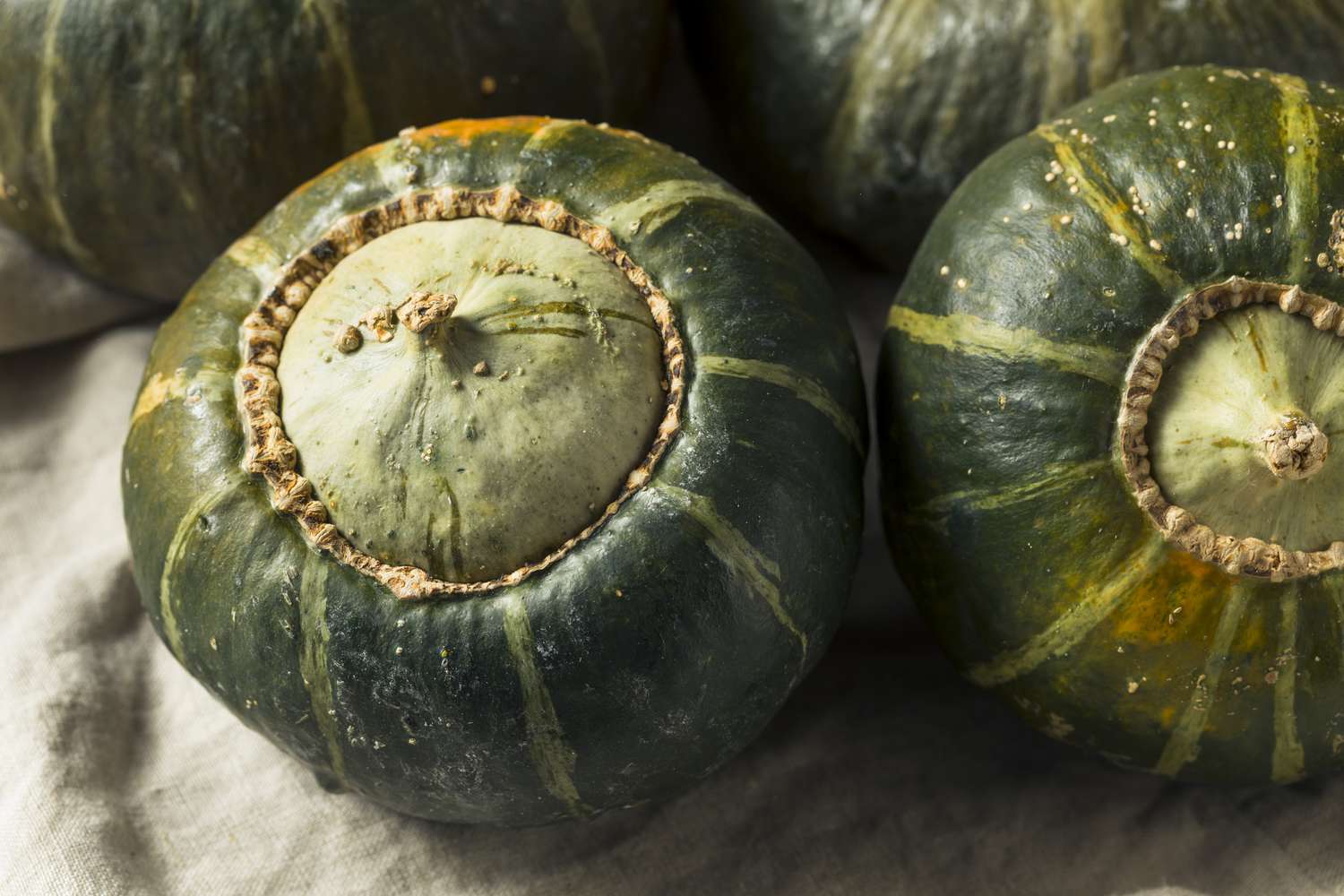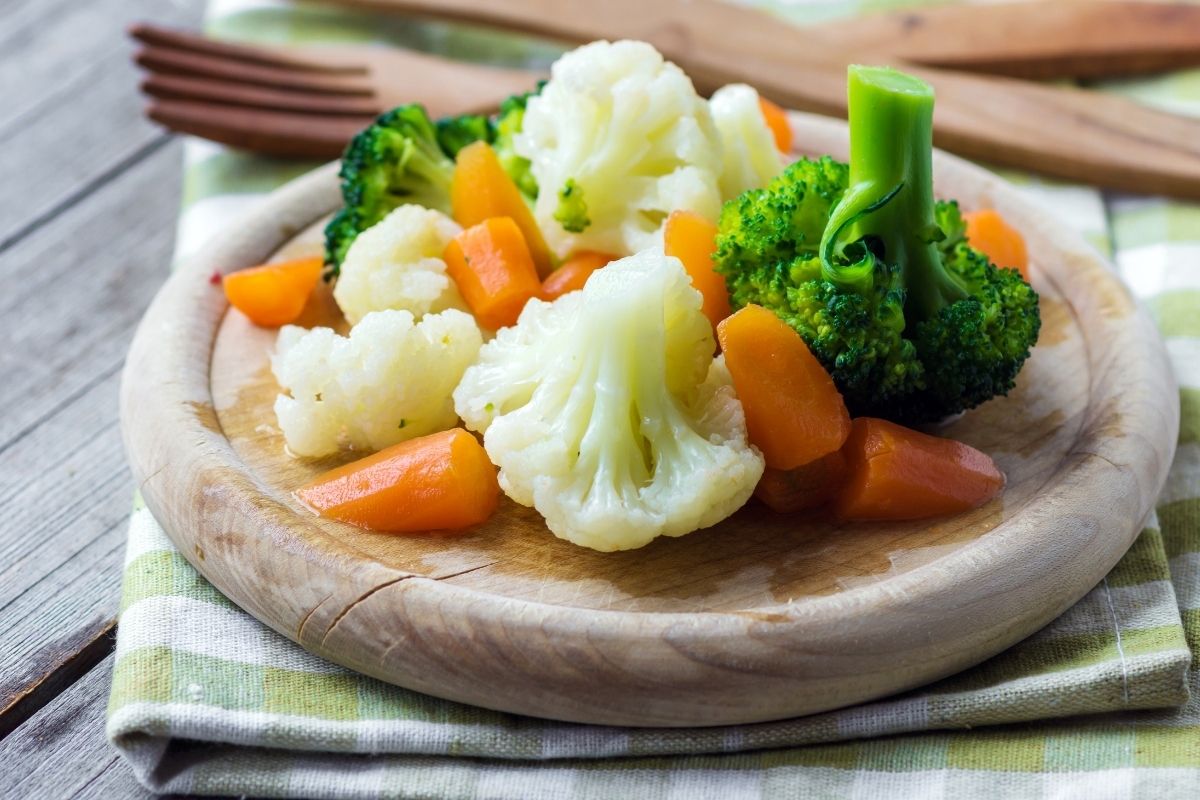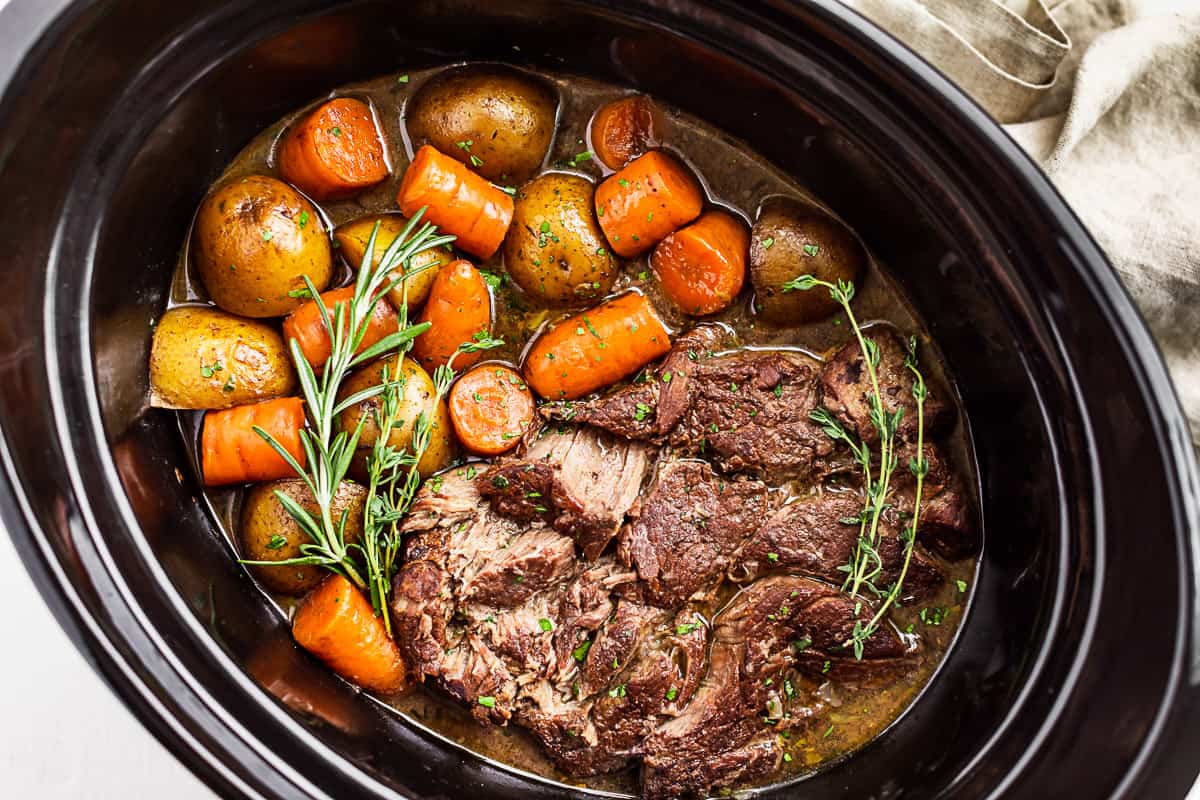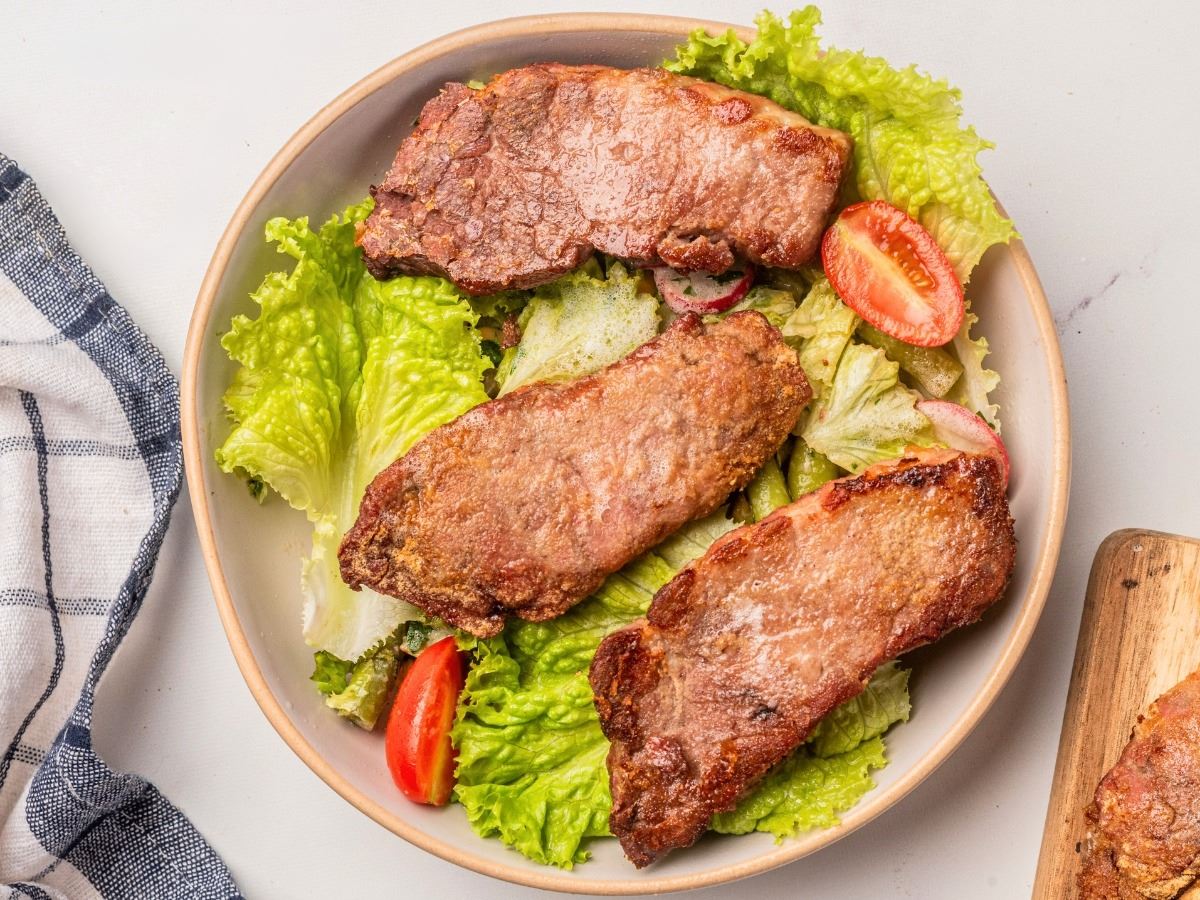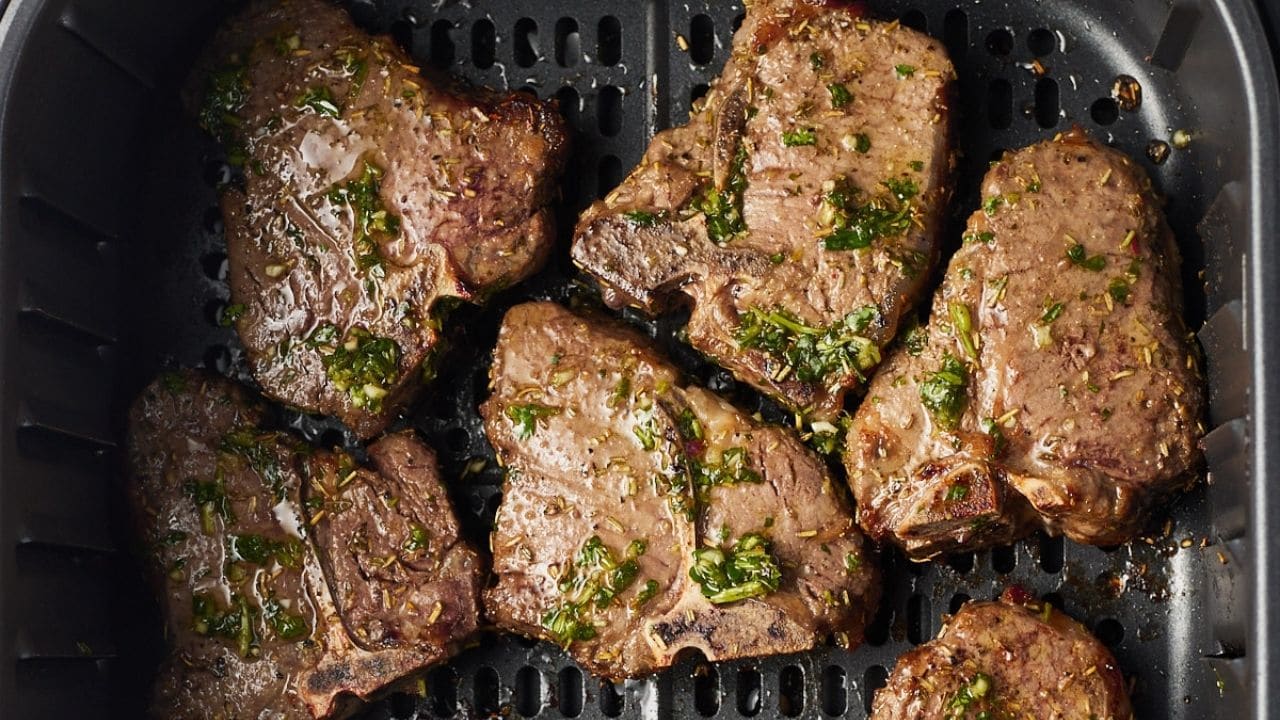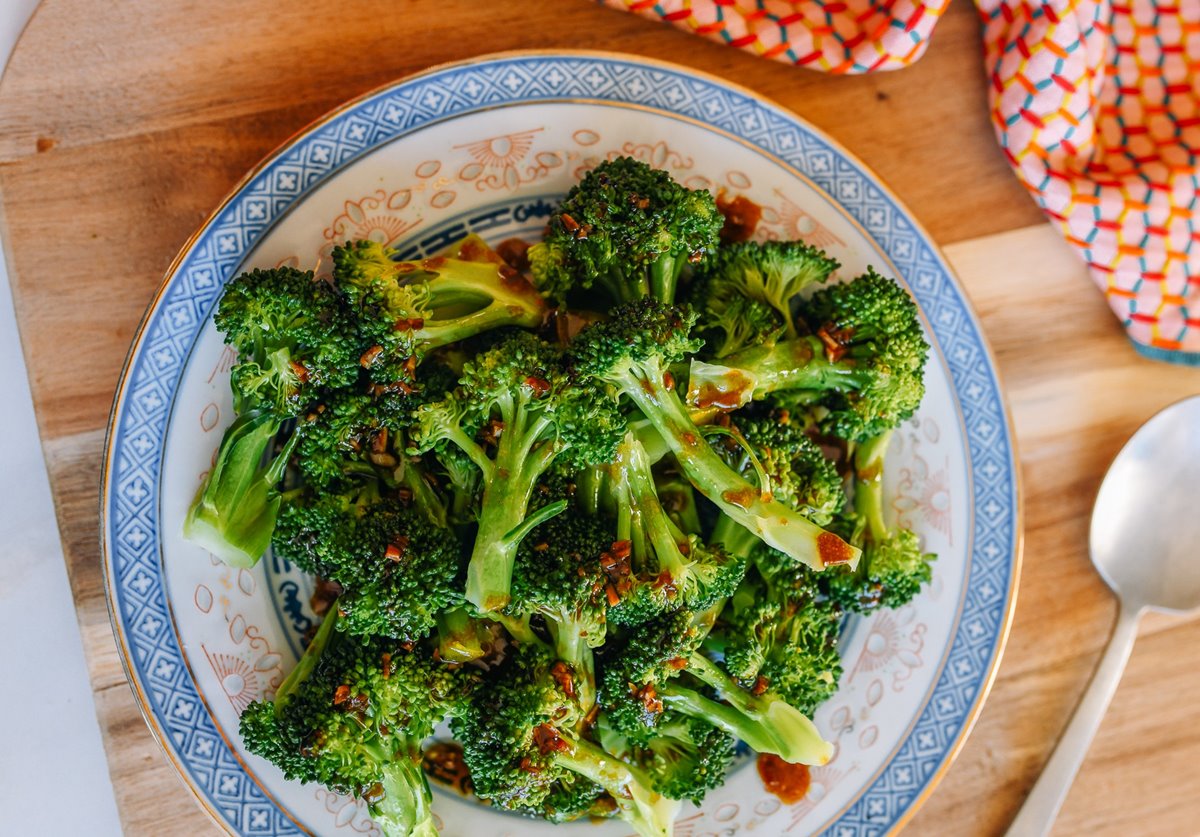Discover the Secret to Perfectly Cooked Red Beans – No Soaking Required!
Red beans are a staple in many cuisines around the world, loved for their rich flavor and creamy texture. However, the traditional method of soaking red beans overnight can be time-consuming and inconvenient. What if there was a way to cook red beans without the hassle of soaking? Well, you’re in luck! In this article, we will unveil a secret technique to achieve perfectly cooked and tender red beans without the need for soaking. Get ready to elevate your cooking game!
The Benefits of Cooking Red Beans Without Soaking
Before we dive into the step-by-step process, let’s explore the benefits of cooking red beans without soaking:
- Time-Saving: By skipping the soaking process, you can significantly reduce the overall cooking time. This is particularly useful when you have limited time available but still crave a delicious red bean dish.
- Retained Nutrients: Soaking beans can lead to some nutrient loss. Cooking red beans without soaking helps retain their nutritional value, making it a healthier choice.
- Enhanced Texture: Red beans cooked without soaking tend to have a firmer texture, perfect for dishes like salads, stews, and bean dips.
Step-by-Step Guide: Cooking Red Beans Without Soaking
Follow these easy steps to achieve flavorful and tender red beans without the hassle of soaking:
- Sort and Rinse: Start by sorting through your red beans and removing any debris or discolored beans. Give them a good rinse under cold water to remove any dirt or impurities.
- Quick Boil: Place the rinsed red beans in a large pot and cover them with water. Bring the water to a rolling boil and let them cook for about 2-3 minutes.
- Simmering Process: After the quick boil, reduce the heat to a gentle simmer. Cover the pot and let the red beans cook for 1-2 hours, or until they reach your desired tenderness. Stir occasionally to prevent sticking.
- Seasoning: About 30 minutes before the cooking time is up, add your desired seasonings such as onions, garlic, herbs, or spices. This will infuse the red beans with extra flavor.
- Check for Doneness: To check if the red beans are cooked to perfection, take a few beans and mash them with a fork. If they mash easily, your beans are ready!
- Enjoy: Once the red beans are cooked to your liking, drain any excess liquid and serve them as a side dish, over rice, or use them in your favorite red bean recipes.
Tips and Variations
Here are some additional tips and variations to help you master the art of cooking red beans without soaking:
- For added flavor, consider using chicken or vegetable broth instead of plain water.
- Experiment with different herbs and spices to create unique flavor profiles that suit your taste preferences.
- If you prefer a creamier texture, use a potato masher or immersion blender to partially mash the red beans during the simmering process.
- Don’t forget to soak the beans in water overnight if you prefer the traditional method or are concerned about reducing gas-producing compounds.
Now that you know the secret to cooking red beans without soaking, it’s time to put it into practice and enjoy the delightful flavors of this versatile legume. Whether you’re making a comforting red bean soup or a flavorful bean salad, this technique will undoubtedly elevate your culinary creations. Happy cooking!
More Delicious Red Bean Recipes to Try
After mastering the technique of cooking red beans without soaking, readers are encouraged to apply these newfound skills across a variety of delicious recipes. Among the intriguing options, the classic red beans and rice stands as a must-try due to its timeless appeal and comforting flavors. For those seeking something hearty, the hearty red bean chili provides a robust meal perfect for chilly evenings. Vegetarians will find the vegetarian red bean burgers particularly appealing, offering a satisfying meat-free alternative that's both nutritious and flavorful. Each recipe utilizes the quick cooking method of red beans, enhancing both convenience and taste in your culinary adventures.
Was this page helpful?
Read Next: How To Cook Fresh Tilapia Fish

